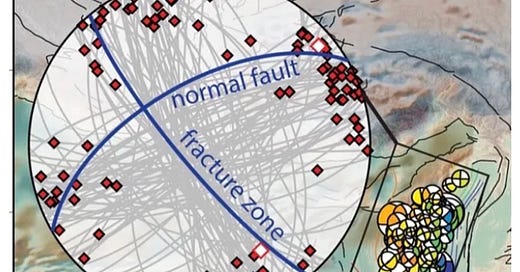Citation: Bradley, K., 2023. Magnitude 5.0 earthquake in Myanmar. Earthquake Insights, https://doi.org/10.62481/bc385128
Keep reading with a 7-day free trial
Subscribe to Earthquake Insights to keep reading this post and get 7 days of free access to the full post archives.



